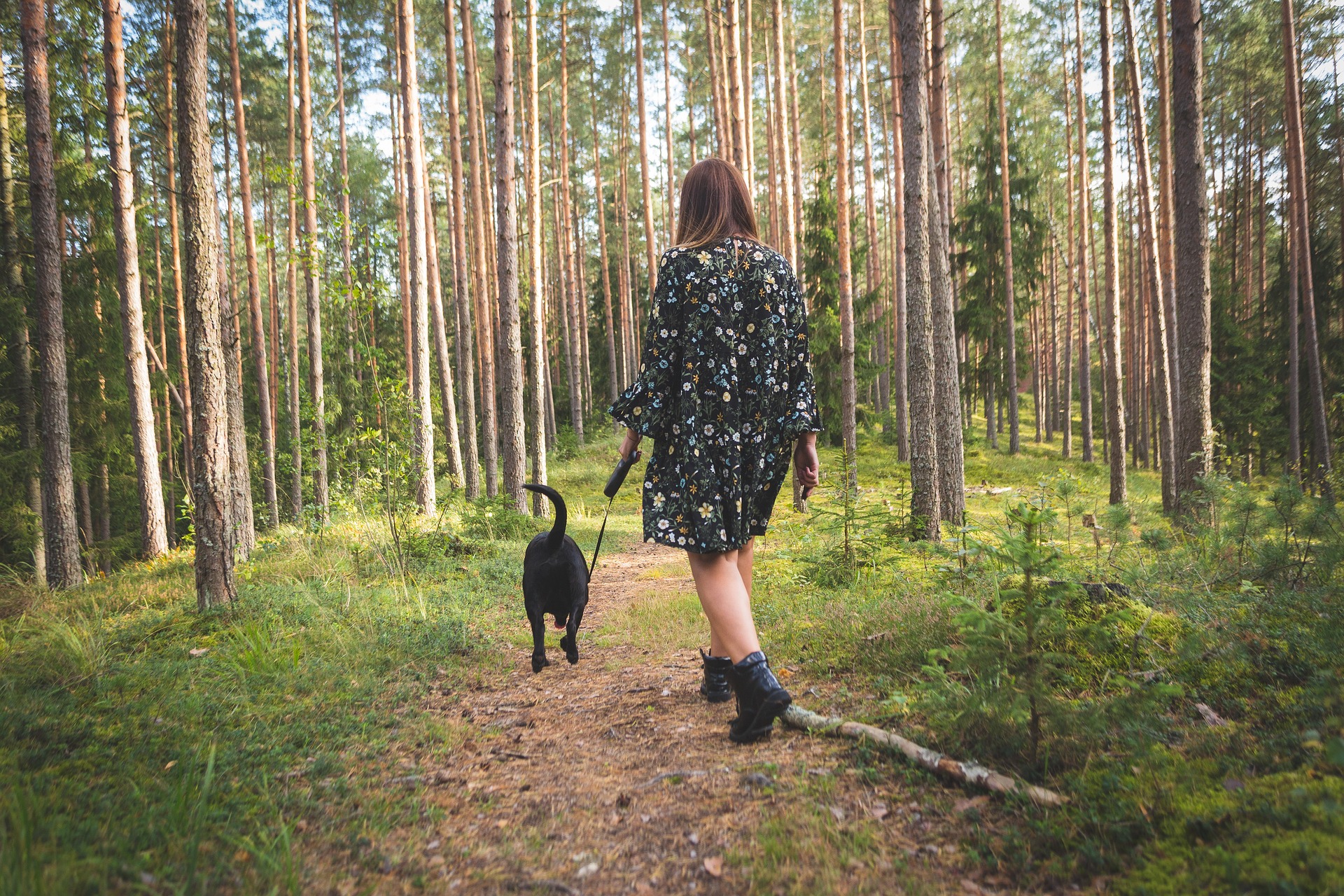Understanding Your Dog's Body Language
Is your dog wagging its tail, baring its teeth or raising its hackles? What do these signs mean? Read below to unravel the mysteries of canine communication and better understand your furry friend.

Canine Communication Basics
Canines communicate primarily through body language. From the position of their ears and tail to their overall posture, each movement and stance can convey different emotions and intentions. Recognizing these signs can deepen your bond with your pet and ensure its well-being.
Understanding Facial Expressions
A dog’s facial expression can reveal a lot about its mood. Alert ears, relaxed eyes, and a loosely hanging tongue often indicate contentment. Conversely, a wrinkled brow, drawn-back lips, and tense jaw can signal fear or aggression.
Interpreting Tail Movements
Tail wagging is not always a sign of happiness. The speed, direction, and position of the wag can denote various emotions. A high, stiff wag may suggest alertness or aggression, while a slow, low wag often signifies insecurity or submission.
Deciphering Body Posture
A dog’s body posture can speak volumes about its current state of mind. A relaxed, open stance usually means the dog is comfortable and happy. On the other hand, a hunched back, tucked tail, and lowered head can indicate fear or stress.
Recognizing Vocalizations
Dogs also communicate through vocalizations. While barking is common, other sounds like whining, growling, and howling can carry different messages. Understanding these sounds can help you respond appropriately to your pet’s needs.
Useful Tips and Facts:
- Dogs often use their eyes to communicate. Direct eye contact can be a sign of aggression, while averted eyes may indicate submission or fear.
- A dog wagging its tail to the right is usually happy or relaxed, while wagging to the left can indicate fear or anxiety.
- Growling doesn’t always mean aggression. Sometimes, dogs growl when they are afraid or uncomfortable.
- Paying attention to your dog’s body language during different activities can help you understand their preferences and dislikes.
Conclusion
Understanding your dog’s body language is crucial for fostering a strong bond and ensuring its well-being. Remember, each dog is unique, and what works for one may not work for another. With patience and observation, you can learn to understand your furry friend’s unique language, leading to a happier and healthier relationship.




